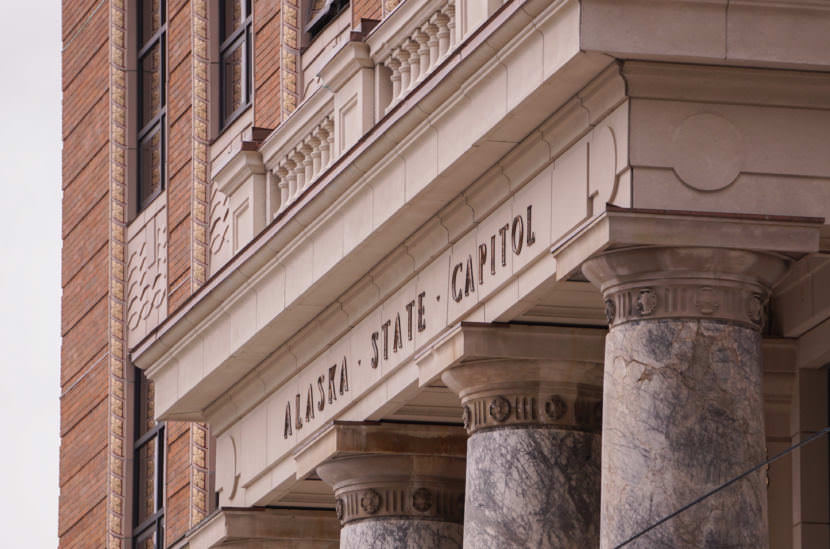
The state Senate race in Fairbanks between Republican Sen. Pete Kelly and Democratic Rep. Scott Kawasaki has seen the most spending of any legislative race, by a wide margin.
That’s according to reports on campaign spending filed Tuesday. The following is a condensed version of an interview between Alaska Public Media’s Casey Grove and Alaska Public Media and KTOO’s Andrew Kitchenman.
CASEY GROVE: Which races are drawing the most campaign spending?
ANDREW KITCHENMAN: A lot of the money is coming from independent expenditure groups that are targeting specific races. That’s particularly true for Republican-affiliated groups, which are seeking to defeat members of the current House majority coalition.
The targeted incumbents include nonpartisan candidates Jason Grenn and Paul Seaton, Republican Gabrielle LeDoux and Democrats Adam Wool and Matt Claman.
GROVE: Why are these candidates targets for Republicans?
KITCHENMAN: They all represent districts where registered Republicans outnumber Democrats. But that’s typical for the state – only eight of the 40 House districts have more registered Democrats than Republicans, in downtown Anchorage, Juneau and northern and western Alaska.
GROVE: What about groups on the other side?
KITCHENMAN: Groups funded by labor unions are aiming to defeat Kelly and Republican Rep. Jennifer Johnston. Other House seats held by Republicans that face tough challenges include Rep. Lance Pruitt in Anchorage, who is facing Democrat Liz Snyder, and Josh Revak, who defeated Republican minority leader Charisse Millett in the primary and faces Democrat Pat Higgins in the general election.
GROVE: Which House races have seen the most spending?
KITCHENMAN: First and foremost, a seat in Fairbanks, where Democrat Kathryn Dodge and Republican Bart LeBon are competing to succeed Kawasaki. And in Juneau, where Democrat Andi Story and Republican Jerry Nankervis are running to succeed Democrat Justin Parish.
GROVE: Which party is best positioned to organize a House majority after the election?
KITCHENMAN: That remains to be seen. The current Republican minority would have to pick up three seats to take the majority. That may prove to be a tall order. I can say there will be at least 10 new members.
GROVE: Do any other House races stand out?
KITCHENMAN: The best-funded write-in candidate is Republican Jake Sloan, who’s aiming to defeat LeDoux. LeDoux caucused with the mostly Democratic House majority the past two years.
GROVE: is there anything more to say about the state Senate?
KITCHENMAN: Outside of the Kelly-Kawasaki race, it could be a quiet election for the Senate. The next-most competitive Senate race may be in Juneau, Gustavus, Haines and Skagway, where Democrat Jesse Kiehl faces nonpartisan Don Etheridge. But other than Kawasaki, no challengers raised even half as much as the candidates from the parties that currently hold the Senate seats.
Andrew Kitchenman is the state government and politics reporter for Alaska Public Media and KTOO in Juneau. Reach him at akitchenman@alaskapublic.org.




